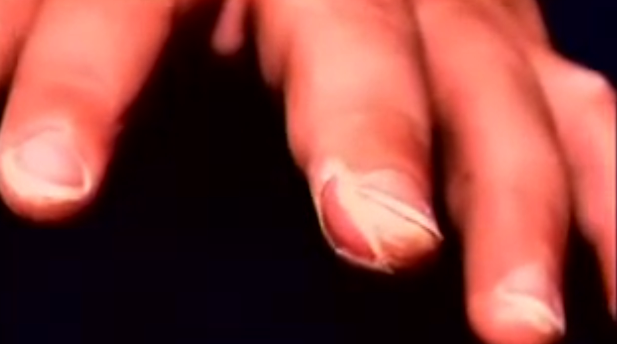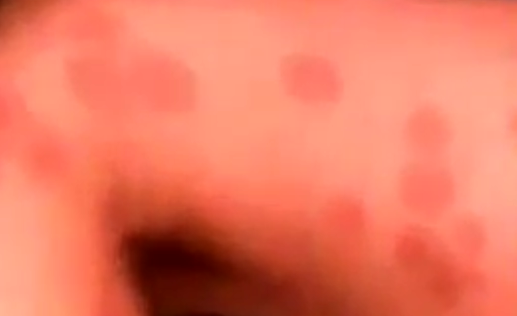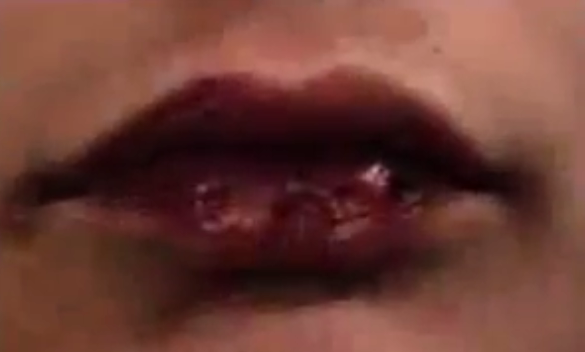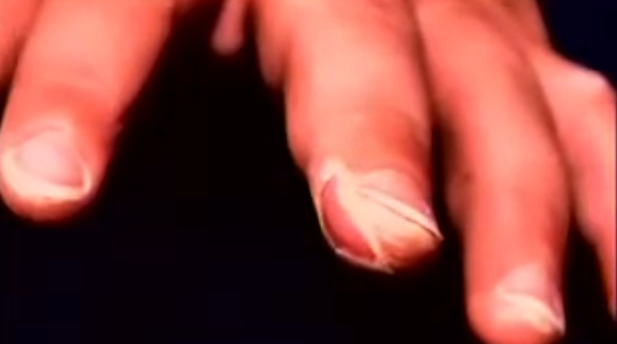Kawasaki disease refers to a condition characterized by the inflammation of small and medium sized artery walls that occur all over the body.As it affects the lymph nodes, skin, and the mucous membranes of the throat, nose, and mouth, it is also called as mucocutaneous lymph node syndrome.
Even though the symptoms of Kawasaki disease such as severe fever and peeling skin may indicate a severe disorder, the disease is treatable and the affected children recover to normality without developing any health complications.
Symptoms of Kawasaki disease
The symptoms of Kawasaki disease come up in phases.
The 1st phase: The signs observed in the first phase are:
- Swollen red tongue or “strawberry” tongue, along with dry, reddened, lips along with blisters and cracking
- Irritation
- High fever, very often surpassing 101.3F, lasting for one or two weeks
- Eyes turning extremely red without fluid discharge
- Swollen lymph nodes of neck and in other body parts
- Red and swollen skin on the feet soles and in the palms of the hands
The 2nd phase:In second phase affected children may have the following developments:
- The tips of the fingers in handsand toes in feet peel out in sheets.
- Vomiting
- Pain in abdomen
- Painful feelings in joints
- Stomach disorder and diarrhea
The 3rd phase: The signs and symptoms of the Kawasaki disease fade away slowly in its third phase if there is no new development of problems and complications.
Some of the health complications that may arise due to Kawasaki disease are listed below:
The acquired heart disorder in children is mostly caused by Kawasaki disease. Almost 1 in 5 children affected by Kawasaki disease develop heart complications, but very few leave an impact or permanent damage.
Heart disorders include:
- Vasculitis or swelling of blood vessels, particularly of the coronary arteries which supply blood to the heart
- Mitral regurgitation or complications in heart valves
- Dysrhythmia or abnormal heart beats
- Myocarditis or swelling of heart muscles
Any one of the above problems can deteriorate and cause damage to the heart of the child.
Aneurysm or the swelling of the coronary arteries can weaken the inflamed artery walls and can cause blood clots and clogging in artery leading to bleeding which may be life threatening. Some of them may even result in fatalities
When to approach a doctor
Parents should consult a doctor if the infant has continuous fever for four days, or experiences fever along with four more symptoms from the list provided below:
- Red and swollen tongue
- Skin peeling
- Redness in both eyes
- Redness in palms and soles
- Swollen lymph nodes
- Rash
Early medical care, at least within 10 days from the onset of Kawasaki disease, can reduce the chances of permanent damage.
Causes of Kawasaki disease
The cause for Kawasaki disease is not known. Researchers believe that Kawasaki disease is not contagious and many theories indicate that Kawasaki disease is caused due to bacteria, viruses, and factors linked to environment; but nothing has been proved in research. The specific genes can increase the vulnerability of your child to developing Kawasaki disease.
The following factors can increase the risk of getting Kawasaki disease.
- Age: Infants under the age of 5 are more prone toKawasaki disease.
- Gender: The likelihood of getting Kawasaki disease by the boys is slightly more than the girls.
- Ethnicity: Children of Asian origin, especially those from Japan and Korea, have a higher incidence rate of Kawasaki disease.
As there is no any specific test to identify Kawasaki disease, it is diagnosed by eliminating the possibility of other diseases which have similar symptoms.
Treatment of Kawasaki disease
Doctors will want to start the treatment of Kawasaki disease at the earliest, mostly when the child still has fever, so as to reduce the risk to medical complications. Treatment of the condition is aimed at alleviating the inflammation and fever as well as preventing any kind of cardiac damage.
Doctorswill normally prescribe the following medicines to reduce the symptoms:
Gamma globulin: To improve the child’s immune system, this medicine is infused through the vein, i.e. administered intravenously, for lowering the risk of artery complications.
Administering Aspirin: Aspirin given in high doses can help to control inflammation, reduce fever, joint inflammation, and pain. Giving aspirin to children for controlling Kawasaki disease is an exception from the general rule.
The initial treatment for Kawasaki disease is normally given in a hospital, as it comes with great risk to development of serious complications. After getting the initial treatment at hospital, and once the fever is controlled, aspirin dosage will be continued at reduced levels for 6 to 8 weeks, or more if the affected child experiences coronary artery aneurysm. However, intake of aspirin has to be stopped if the child develops flu or chickenpox.
All signs of heart problems are regularly monitored. A child with coronary artery aneurysm may be given additional treatments as listed below:
- Anticoagulant drugs are given to prevent blood clots
- Angioplasty is carried out to open up narrowed arteries.
- Stent placement is done to decrease the chances of reblockage.
- Artery bypass graftis done for rerouting the blood.
Kawasaki Disease – Pictures



